It’s that time again…for Session 2 of The Cooking Class Files!
I am ecstatic for this series because it is to help anyone and everyone to get into the kitchen; whether you are rookie or a novice, we can all learn a new technique or flavor profile! Last week we discussed common culinary techniques and terms. Because let’s be real, what good is a recipe when we don’t know how to saute or roast the chicken?!
For our second session, I thought to start with recipe basics and starters…Mother Sauces!  Much of the culinary world is derived from the French – the terms, techniques, recipes – have all been passed down to what we practice today. From the French classic cooking, we have adapted five basic sauces which provide the foundation for most sauces we know today – the “Mother Sauces”.
Much of the culinary world is derived from the French – the terms, techniques, recipes – have all been passed down to what we practice today. From the French classic cooking, we have adapted five basic sauces which provide the foundation for most sauces we know today – the “Mother Sauces”.
The mother sauces were first written about in The Art of French Cooking by the French Chef Antonin Carema during the 19th Century; who later became the Father of French Cusinie. He established the first four sauces – Bechamel, Veloute, Espagnole and Tomato. Then during the 20th century, Chef Auguste Escoffier added the fifth sauce – hollandaise.
The Mother Sauces all have two things in common, a thickener and a liquid, yet all of them carry their own flavor profile based off the liquid and thickening agent.
1. Béchamel Sauce
The classic white sauce, or more commonly known as a cream sauce. It is the simplest to make, as if you have milk, flour and butter you can make a very basic béchamel.
Béchamel is made by creating a white roux (equal amounts of flour and fat that have been heated till a light blonde color), then adding hot milk that will then thicken. Then flavoring agents are added, such as onion, cloves and nutmeg and then simmered until a creamy and velvety texture is reached.
This classic white sauce can be used as a base pasta dishes, or can be enhanced with the addition of herbs, vegetables, or cheeses, such as parmesan or cheddar to make a classic Alfredo or Cheddar Cheese Sauce.
My Skinny Cajun Alfredo Skillet is a great example of a Béchamel Sauce!
2. Veloute Sauce
The second sauce is Veloute, which is very similar to a Béchamel, but instead of milk, it is made with stock – such as chicken veal, or fish stock.
Veloute sauce is typically made then added to, to create secondary sauces. For example, A Supreme Sauce is finishing off a chicken veloute sauce with heavy cream, where mushrooms can be added to further enhance the sauce and finish the dish. And another example, would be to add white wine and heavy cream to a fish veloute; it becomes a delicious white wine sauce to accompany any fish.
Here is a drool worth recipe for Spaghetti with a Seafood Veloute!
3. Espagnole Sauce
The third sauce is Espagnole, or commonly known as the Brown Sauce. Espagnole is made by thickening brown stock with a dark brown roux (similar to the white roux, but cooked until its dark and with a nutty aroma), and with the addition of tomato paste and mirepoix. Mirepoix is a combination of chopped carrots, celery and onions used to add flavor and aroma to stocks, sauces, soups and other foods. A brown stock is made by roasting the bones before simmering to enhance the color and flavor of the finished stock.
Once the espagnole is made, it is usually reduced down into what is called a Demi-Glace, which is an extremely flavorful sauce. It consist of half espagnole and half brown stock, which is reduced once again.
Espagnole sauce is the bases for a Port Wine Sauce, Mushroom Sauce or the very delicious Porcini and Rosemary Crusted Beef with Port Wine Sauce. Oh so tasty!
4. Hollandaise Sauce
Hollandaise is one of the more classic and popular sauces that is often favored around Brunch time! It is a rich, buttery sauce made with clarified butter and egg yolks. It is an emulsified sauce that requires clarified butter because unlike whole butter, clarified butter is just butterfat, and it lacks the water and milk solids that can break the emulsion.
Hollandaise is most commonly known as the star in Eggs Benedict, but it is just as delicious with seafood, and vegetables.
5. Tomato Sauce
The fifth and last of our Mother Sauces is Tomato Sauce. Most commonly known for the sauce that accompanies pasta and tops pizza but is a bit more complex than that. It is a base of rendered salt pork and sautéed aromatic vegetables. Then tomatoes are added to thicken the sauce.
Here is a recipe for the classic tomato sauce and then here is a basic tomato sauce that would be used with pasta, pizza and such.
The Mother Sauces are the foundation to some of the most classical dishes we all love! Put your own spin on them by adding fresh herbs, spices, cheeses, vegetables and sautéed meats After all, cooking is more of an art of throwing a dash of this, a pinch of that! Don’t be afraid to get adventurous and play with flavors. That is how all great chefs are born!
I hope you have enjoyed this second session and are excited to learn and explore more in the kitchen! Until next time, class dismissed!
2
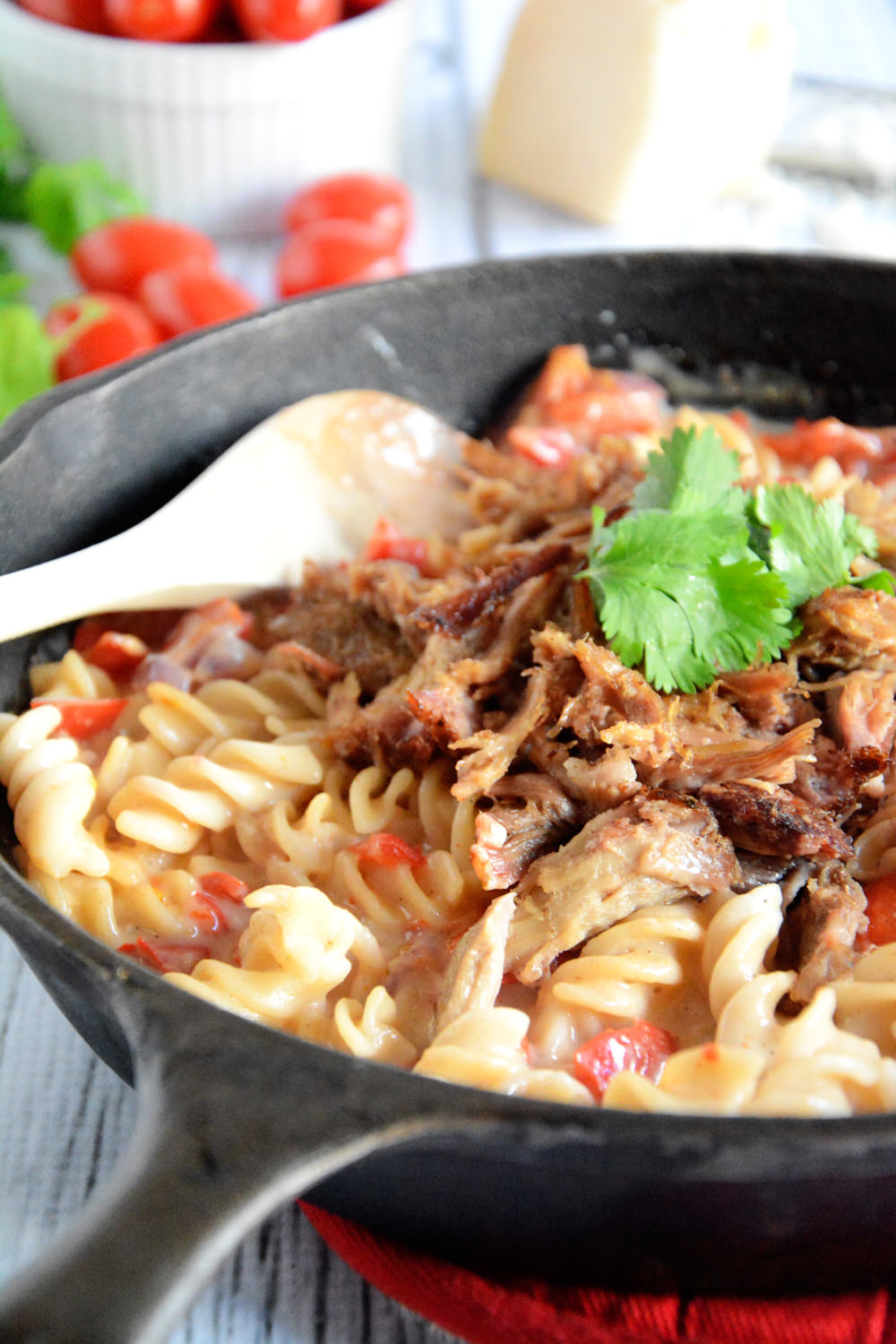
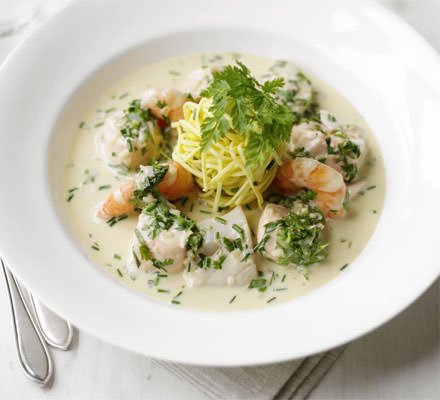
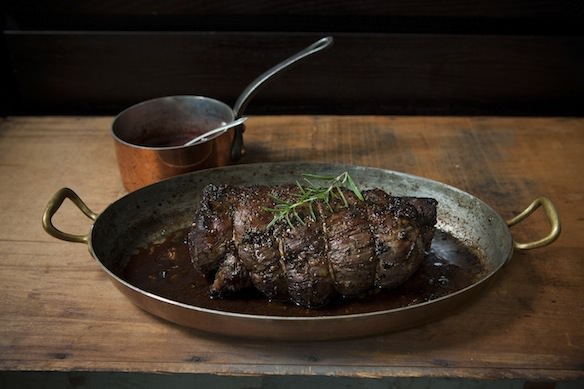
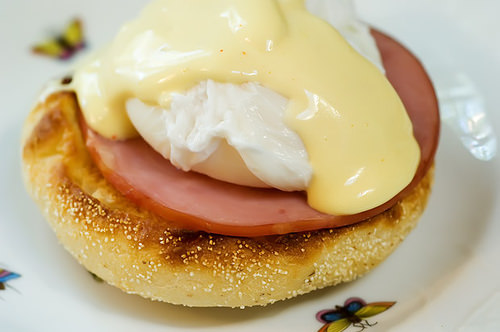
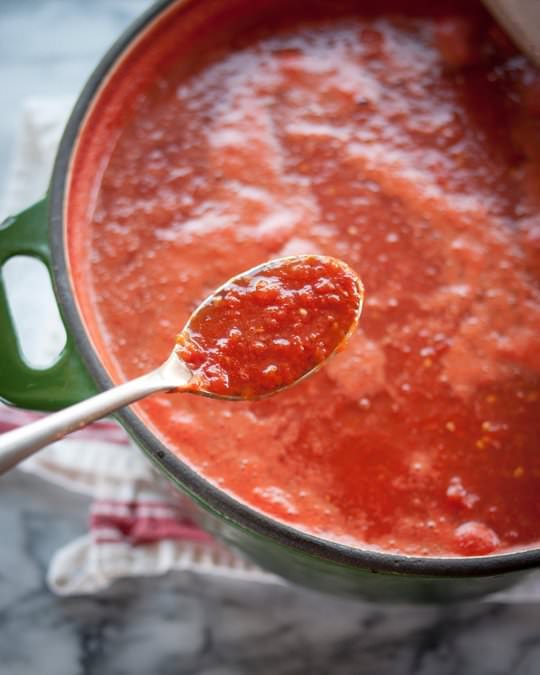
Comments